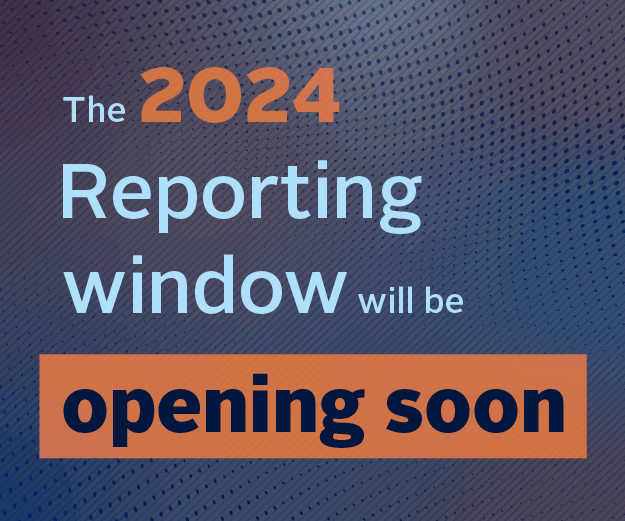For off-the-shelf fund solutions, investing against lowcarbon indices is a potentially lower-cost option than actively managed strategies.
It might also present the opportunity for some investors to develop a tailored, bespoke benchmark to shift the equity portfolio towards a lower carbon, more climate-resilient future in a way that best aligns with an organisation’s climate-related investment policies and objectives.
Passive investment against low-carbon indices is not without its challenges, however. Investors might wish to consider:
- how effective the indices are in changing the cost of capital for higher CO2 emitting companies (versus lower emitting companies);
- the absence of Scope 3 emissions in reported data and index construction;
- the balance between focusing on minimising risk and avoidance versus allocating to new opportunities;
- the potential investment performance implications associated with the design of a constrained benchmark;
- the need to balance backward-looking versus forwardlooking assessments into building portfolio resilience;
- the impact that the growing attention on the need for suitable taxonomies and definitions to validate labels might have on product offerings.
Approaches
A number of climate-related indices have emerged in response to rising demand from investors.
Examples of climate-related indices
- S&P: Carbon Efficient indexes, various
- FTSE: Carbon Strategy Optimised, FTSE ex fossil fuels, ex coal, various
- MSCI: Low-carbon Leaders, Low-carbon Targets, MSCI ex fossil fuels, ex coal, various
- Environmental Tracking: ET Carbon Indexes, various
- HSBC: Low-carbon Energy Production Index
- UBS: Europe Carbon Optimised Index
- BofA Merrill Lynch: Carbon Leaders Europe Index
- NYSE Euronext: Low-carbon 100 Europe Index
- China Securities Index: China Mainland Low-carbon Economy Index
As with all passive funds, the investment exposure to climate-related passive funds is determined by the methodology underpinning the index construction and the resulting index weightings that this produces. In terms of low-carbon or climate-related indices, three broad approaches have emerged (see below).
Approaches to low-carbon indices
1. Broad market optimised: Likely to be suitable for an investor that does not have an exclusion policy, but is seeking a reduction in the exposure to carbon emissions/reserves and fossil-fuel-related carbon emissions.
2. Best in class: Likely to be suitable for an investor that wants to consider carbon efficiency across sectors and is able to accommodate negative exclusions (typically excluding the worst carbon emissions/reserves performers from each sector and re-weighting across the sector).
3. Fossil-free: Likely to be suitable for an investor that is able to accommodate negative exclusions (typically excluding fossil fuel companies).
Investment characteristics
While there are some off-the-shelf indices and funds that are readily available for investors to allocate to, there are also emerging examples of investors developing a bespoke benchmark solution to fit with their risk/return objectives and strategic goals in mitigating the climate-related risks and capturing the new opportunities.
Some of the typical investment characteristics of low-carbon index solutions that have been launched to date are summarised below.
| Investment objectives | “Provide enhanced return by replicating the performance of a [specified] equity market index with reduced carbon risk…positive tilt towards the low-carbon transition…and minimal tracking error.” |
|---|---|
| Investment horizon | Five+ years |
| Regions | Global, reflects country weights of global equity indices |
| Benchmarks | Examples include MSCI World Low-carbon Leaders, S&P500 Carbon Efficient Index, FTSE Global Climate index series |
| Fees | Typical of other passive enhanced equity funds (on average, higher than core passive funds) |
| Number of holdings | >1,000 for global funds |
| Sectors | Aim to minimise sector bias to a comparable (unconstrained) benchmark |
| Risk indicators | Most funds assess the risks at 5 on a scale of from 1 (low) to 7 (high) |
| Link to mitigation of climate-related risks and capturing new opportunities | Potential to reduce exposure to fossil fuels and carbon-intensive businesses, while tilting towards companies that are less emission-intensive and more exposed to generating revenues linked to the low-carbon transition. The outcome is highly dependent on the methodology underpinning the index construction. |
Examples
- New York State Common Retirement Fund doubles its passive equity investments against a low emissions index to US$4 billion. The benchmark represents an internally managed, bespoke solution that excludes or reduces holdings in higher CO2 emitting companies, while increasing investments to the lower CO2 emitting companies. The footprint is 75% lower than the Russell 1000 index. The index is also used as a lever for engagement to encourage companies.
- The Fourth Swedish national fund AP4 benchmarks 24% of its global equity investments (US$3.8 billion) against low-carbon indices. Since 2014, AP4 announced its intention to decarbonise its equity portfolio by 2020. It started by allocating €1 billion to track the MSCI Low-carbon Leaders index as the benchmark for its low-carbon equity strategies. AP4 has since extended this benchmark to its regional equity portfolios against MSCI Low-carbon Leaders Indexes in Europe, Emerging Markets, North America and Pacific.
- New Zealand Superannuation Fund shifts its global passive equity portfolio (NZ$14 billion) to be managed against a low-carbon benchmark. NZ Super approved a target to reduce the carbon-emission intensity of the fund by at least 20% and reduce the carbon reserves exposure of the Fund by at least 40% by 2020.
- US Public Pension Fund CalSTRS commits US$2.5 Billion to low-carbon index in U.S., non-U.S. developed and emerging equity markets. The passively managed equity portfolio is invested in an index designed to have significantly lower exposure to carbon emissions than the broad market and nearly complete reduction in exposure to fossil fuel reserves.
- French Reserve Fund (FRR) adopts new equity benchmarks to halve its CO2 emissions from standard indices. The fund mandated its passive managers to implement a process to reduce the portfolio’s carbon footprint and fossil fuel reserve exposure by 50%. FRR also adopted a policy to exclude companies whose thermal coal mining or electricity generation business exceeds 20% of their revenue.
- The UK Environment Agency Pension Fund (EAPF) transitions its portfolio of passively managed global equities to a fund run against the MSCI low-carbon target index. The index aims to reduce exposure to GHG emission by 75%-80% and cut exposure to fossil fuel reserves by 85%-90%. The benchmark is also used to support engagement efforts with companies.
- The Second Swedish national fund AP2 benchmarks almost one third of its assets (SEK 350 billion) against a bespoke ESG-focused index. The in-house benchmarks represent a quantitative, multi-factor equity index solution. The assessment and benchmark construction are broader than climate change and include factors such as climate alignment, water and waste management, diversity, human rights and involvement in other controversies and accounting practices.
- French public sector pension fund ERAFP invests €750 million of its passively managed equity investments into a bespoke, low-carbon benchmark solution. This has reportedly reduced the carbon footprint of its listed equity portfolio by around 40% with low tracking error.
How to invest in the low-carbon economy
- 1
- 2
- 3
- 4
- 5
- 6Currently reading
Low-carbon indices
- 7
- 8














